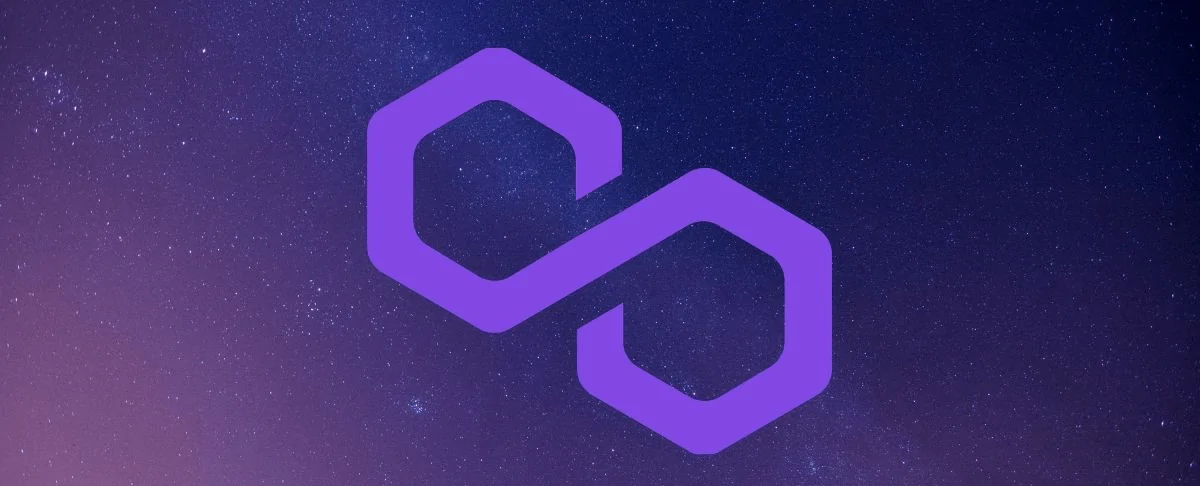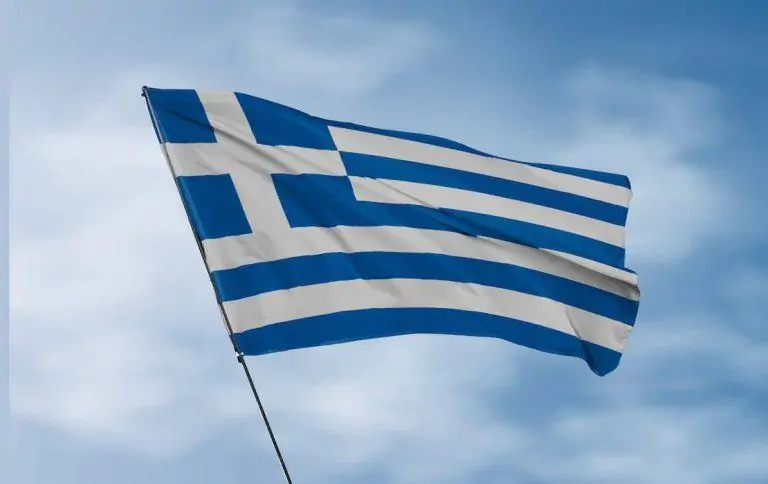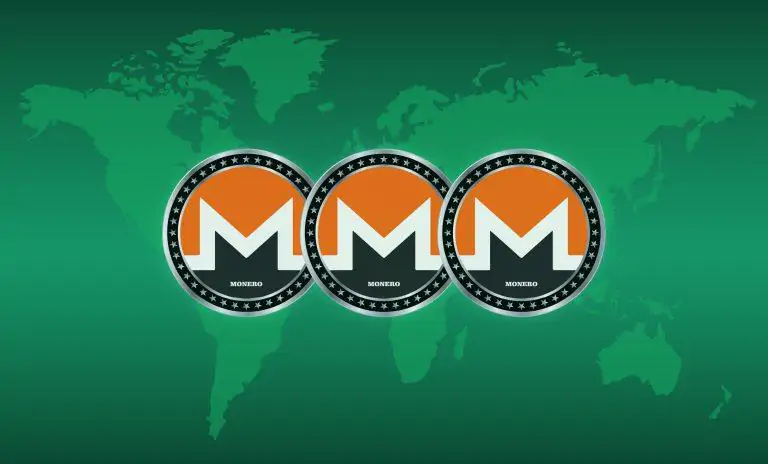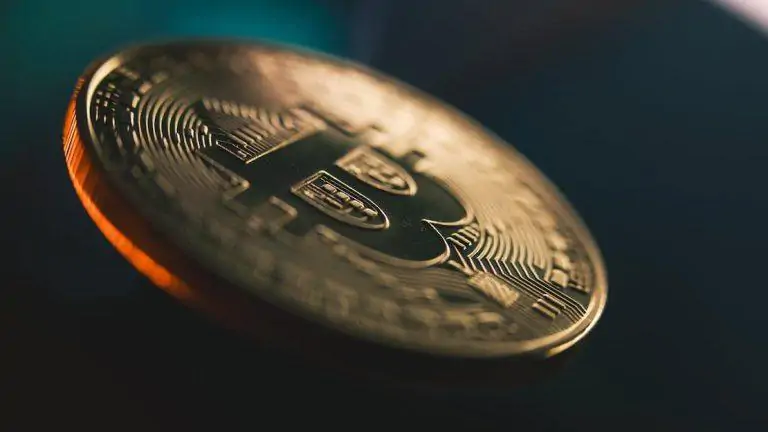Greece has made significant efforts to adopt a tax policy on crypto assets as the use of cryptocurrencies grows globally. In January 2025, the Greek government introduced new tax regulations for cryptocurrency transactions.
18.07.2022

What is Polygon (MATIC)?
Polygon (the earlier name of the Matic Network) is one of the first and structured platforms for scaling Ethereum, as well as for improving infrastructure. A significant component is the Polygon SDK, which is a flexible modular framework that helps to develop several application variants.
Thanks to Polygon, Ethereum can be transformed into an integral multi-chain system, in other words, the Internet of blockchains. In its structure, this chain is very similar to polkadot, space, avalanche and many others, but at the same time it has significant advantages of Ethereum, such as security, openness, ecosystem
Polygon connects Framework Plasma and proof-of-stake architecture. This framework was proposed by the founder of Ethereum Buterin, with its help, scalability and autonomous smart contracts are carried out very quickly and easily.
The Polygon platform can process about 65,000 transactions in 1 second on a single sidechain, and block confirmation takes less than 2 seconds.
As for the Plasma framework, thanks to it, Polygon can accommodate an unlimited number of DApps in its environment, without any problems with the PoW of the blockchain.
Who created Polygon and when?
The Polygon project was launched in October 2017 by Jaint Kanani, Sandeep Nailwal and Anurag Arjun, two blockchain programmers and a management consultant.
Before creating their network, the main players of the Polygon platform were the most important developers in Ethereum. They worked on implementing Plasma MVP, WalletConnect (protocol) and Dagger (event notification mechanism) in Ethereum.
But the history of the creation of the Cryptocurrency Polygon begins with Sandip Nailwal. After graduating from university, Sandeep got a job as a programmer, after some time he received an MBA in software engineering and moved to consulting, namely to Deloitte. A little later, Nalival got a job as a technical director in the online sales department of the Indian company Welspun, engaged in the production of pipes. Soon he decided to start his own business, but this did not work either, so he set about studying something new and more advanced at that time — artificial intelligence and blockchain.In the process, Nailwal meets the other two future co-founders of the Matic Network, Jaint Kanani and Anurag Arjun. Kanani at that time worked as a Data Scientist in a real estate rental company, and Arjun was one of the employees of the company providing programs to various banking institutions.
The guys decided to team up to create a new project and in 2017 they created their first version of the Matic Network.The main goal for them was to deal with the problem of DApps on Ethereum, in other words, they found a solution how to make the Ethereum network more scalable so that it could conduct many transactions at the same time.
The Polygon team managed to create a new Plasma Chains network and an Ethereum Matic PoS Chain sidechain based on the Proof-of-Stake (PoS) consensus algorithm. Soon, this sidechain became a popular scaling feature for different applications.
In April 2019, the guys conducted an initial exchange offer (IEO) of the MATIC token, which managed to attract 5,400,000 US dollars of financing.
In February 2021, Matic Network changes its name to Polygon. The rebranding was carried out due to the transition to a multi-chain system similar to Polkadot.At this time, a developer from Serbia, Mihailo Bjelic, joins the team.
Polygon features and architecture
The center of the entire Polygon ecosystem is the Polygon SDK module, which allows programmers to develop DApps and other components of the network infrastructure.
The Polygon project supports 2 main systems that support Ethereum — autonomous and secure networks. They both work according to the «security as a service» model.
Autonomous network. Such networks rely only on themselves, while they often use PoS or DPoS algorithms. Autonomous networks do not depend on anyone, so they are flexible to any changes, which is the main disadvantage of this network, which does not allow to achieve the required security indicator.
Secure network. This type of network uses the same «security as a service» model, and the work is done through Ethereum, more precisely through its Plasma network, or through a pool of validators. A secure network provides the right level of security, but without the necessary flexibility and independence.

Polygon architecture. Data: Finematics.
Polygon architecture consists of 4 levels:
- Ethereum Layer (Ethereum Level). Very often, networks that are based on Polygon use Ethereum at the lowest level in order to execute smart contracts. This level is used for completion, checkpoint development, staking, dispute resolution, and Ethereum-Polygon data exchange.For the Polygon network, this level is optional.
- Security Layer (Security level). With the help of this layer, the «validator as a service» model is implemented, that is, any system based on Polygon can use a group of validators that perform validation of any network in the system, receiving a reward for this work. Another significant feature of the security layer is the meta-blockchain, which functions simultaneously with Ethereum and is responsible for controlling the validators, i.e., for registration, distribution of rewards, mixing and validation of Polygon Chains. This level, like the previous one, is optional.
- Polygon Networks Layer. The networking layer is mandatory. The components of the level are independent blockchains that support the ability to compare transactions, local consensus, and the creation of a new block.
- Execution Layer. The execution layer is responsible for interpreting and executing transactions included in the Polygon blockchain. This is the only level that consists of 2 sub-levels: Matic PoS Chain and Matic Plasma Chains.
- Matic Plasma Chains is the epitome of a framework to create a scalable DApps Plasma.
- Matic PoS Chain is a sidechain that operates simultaneously with the Ethereum blockchain, it is solidary with the EVM, so Ethereum-based projects can move smart contracts to the specified blockchain without any problems.
How many Polygon (MATIC) tokens are in circulation?
The Polygon project has its own ERC-20 tokens running on the Ethereum blockchain called MATIC. These tokens are used for payments within the Polygon network, as well as for settlements between clients of the system itself. Commissions that may appear for transactions in the Polygon sidechains also occur in MATIC tokens.
The release of MATIC tokens takes place every month. At the time of writing this article, the circulating offer is 7,956,181,045 MATIC tokens, while the maximum offer is 10,000,000,000 MATIC.
The first issue in 2017 was equal to 3.8% of the tokens from the entire supply. And already in April 2019, 19% of tokens were sold on the launchpad, with a total value of 5,000,000 US dollars, that is, the price for one token was equal to 0.00263 US dollars.
The remaining MATIC tokens were distributed as follows:
- Polygon team — 16%
- consultants — 4%
- reserve for network operations — 12%
- platform fund — 21.86%
- ecosystem — 23.33%
If following the emission schedule, then all MATIC tokens will have to be issued before December 2022.
Where to buy Polygon (MATIC)?
MATIC directly influences the development of the Ethereum platform, which is why it is very popular among DeFi exchanges. So you can buy, sell or trade Polygon on the most famous crypto exchanges in the world, such as:
- Binance
- BiONE
- ZebPay
- Coinbase Pro
- Huobi Global
- UniSwap
- WhiteBIT
- Hotbit
In addition to crypto exchanges, you can buy or sell MATIC tokens, as well as exchange them for other tokens or coins, using crypto exchangers, which will solve your exchange issue many times faster. For example, you can use the services of our Buycoin.online exchanger, which operates around the clock, seven days a week, 24/7, at a time convenient for you and from anywhere in the world where there is an Internet connection.
Prospects and forecasts for the development of the Polygon project
At the start of 2022, the MATIC token was trading at $1.58.
Regarding the future course of the matic, many cryptanalysts agree that the price of the token will rise. The Digital Coin Price team assumes that the MATIC rate will be $2.23 by the end of 2022, and in 2023 it will rise to $2.51.By 2025, Digital Coin Price predicts MATIC at $4, although they were previously confident in the rate of $5 per token.
However, there are other teams making forecasts for MATIC, such as Wallet Investor, who say that the price of the token will be $3.35 by the end of 2022, and in 2025 it could reach $10.38.
CoinQuora experts predict the rate of 2.72 US dollars in the near future. Well, in Trading Beats they are less positive and say that the MATIC rate will reach a maximum of $0.9 in 2022.
However, whether it will be so or not, it will be possible to trace in the near future.
It is important, of course, to remember that all analysts’ forecasts may not always be accurate, so they cannot be fully trusted. Often, these estimates and forecasts are based on technical and fundamental analyses of various cryptocurrencies.
Analyzing the forecasts made by analysts regarding Polygon, it is worth noting that at the moment there is a constant competition for the championship in ensuring the interaction of blockchains. Here Polygon’s strong competitors are Polkadot and Cosmos.
But we still suggest that you conduct your own analyzes of the market and the cryptocurrency rate in order to avoid any misunderstandings and losses on the course.In any case, the most important rule in crypto, as in other investments, is that you should never invest an amount that you cannot actually afford.




